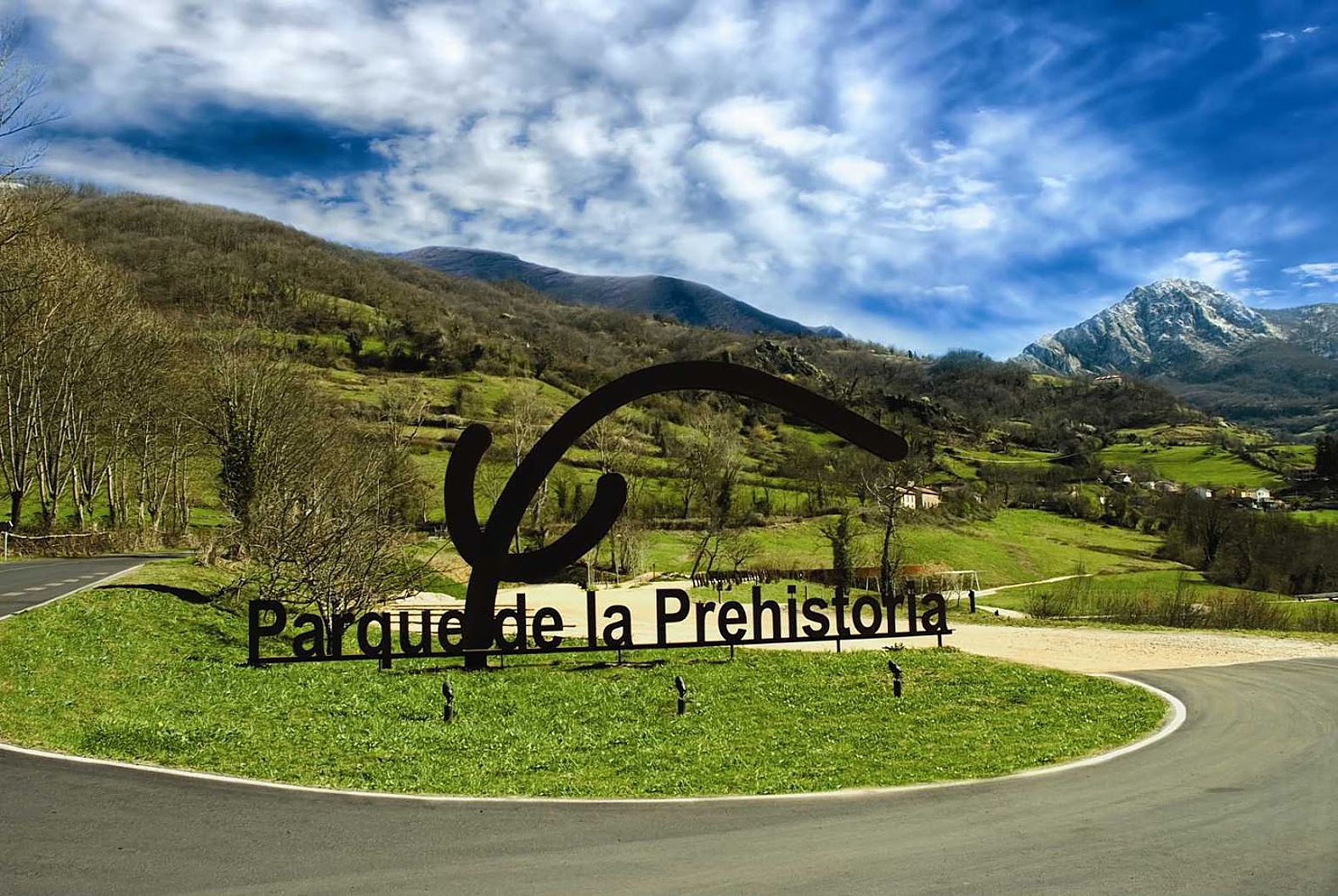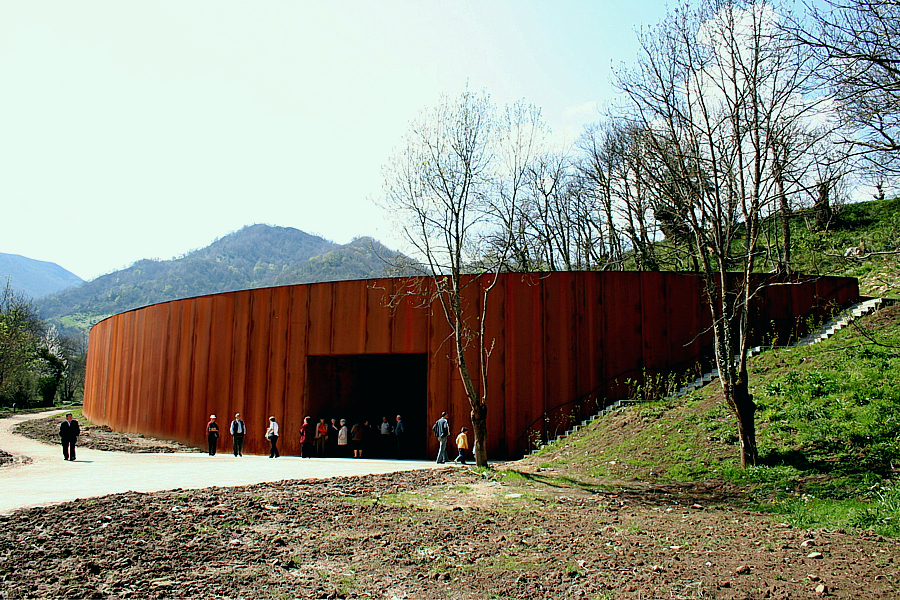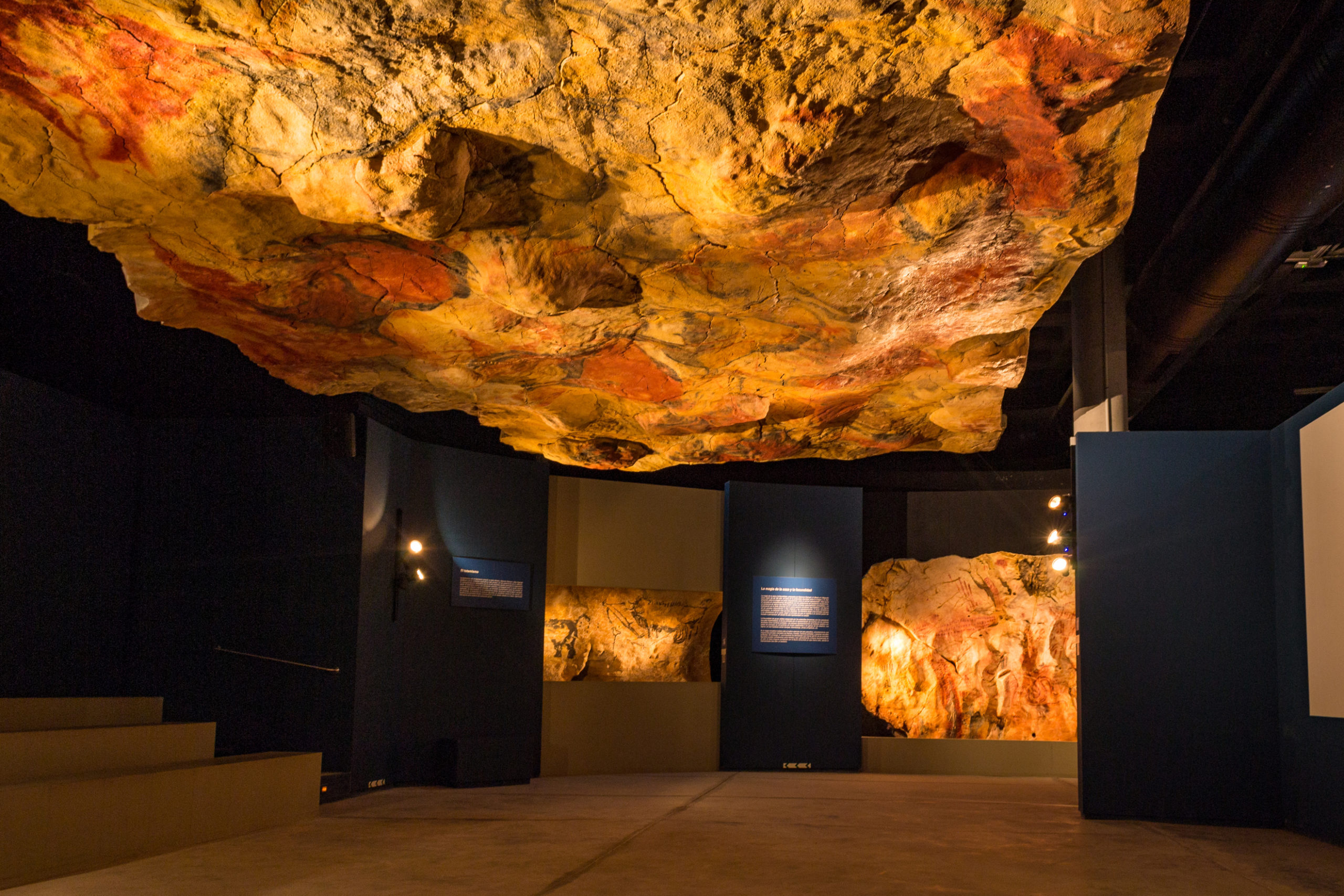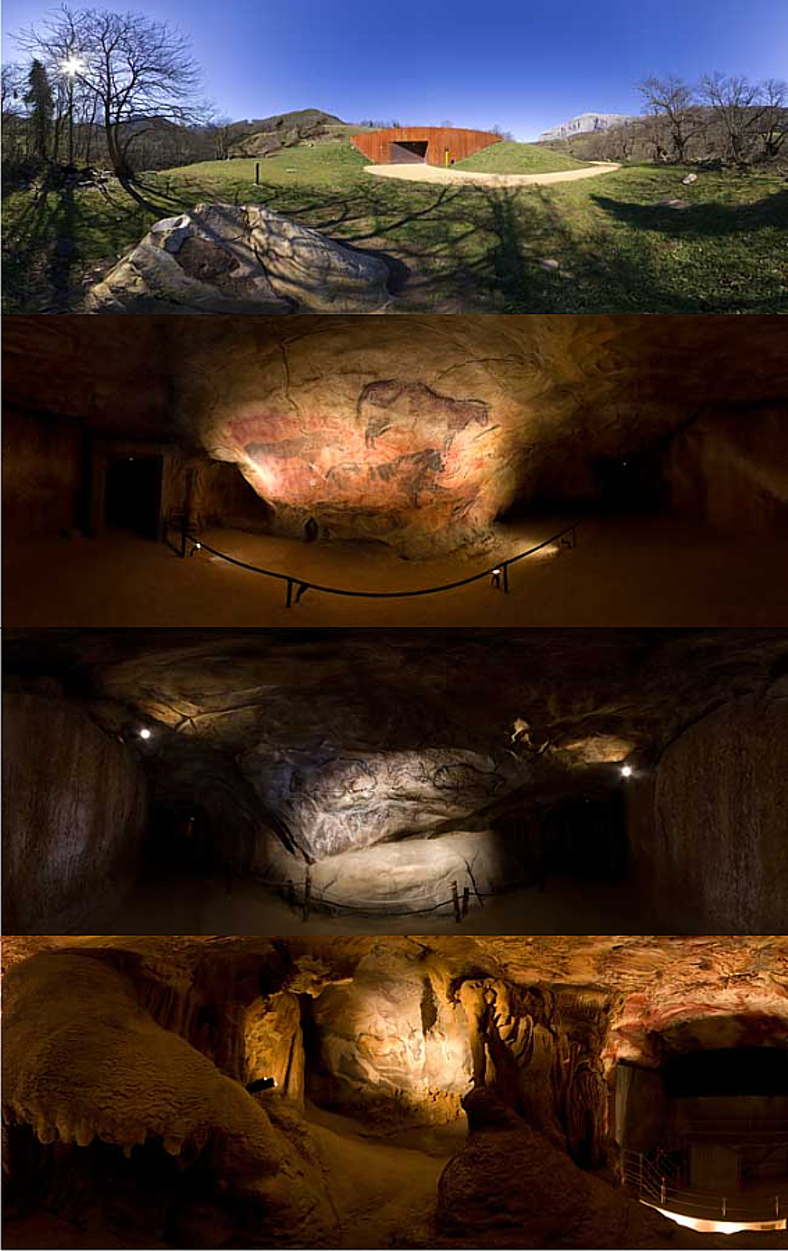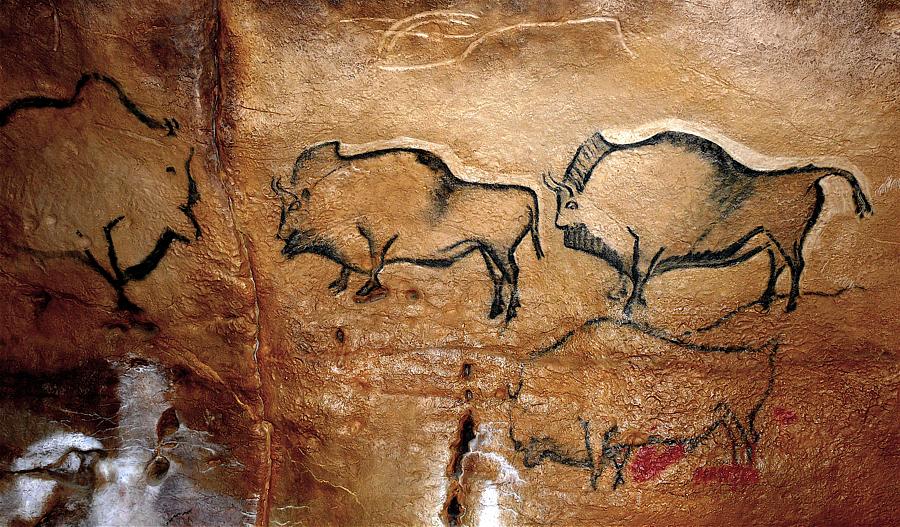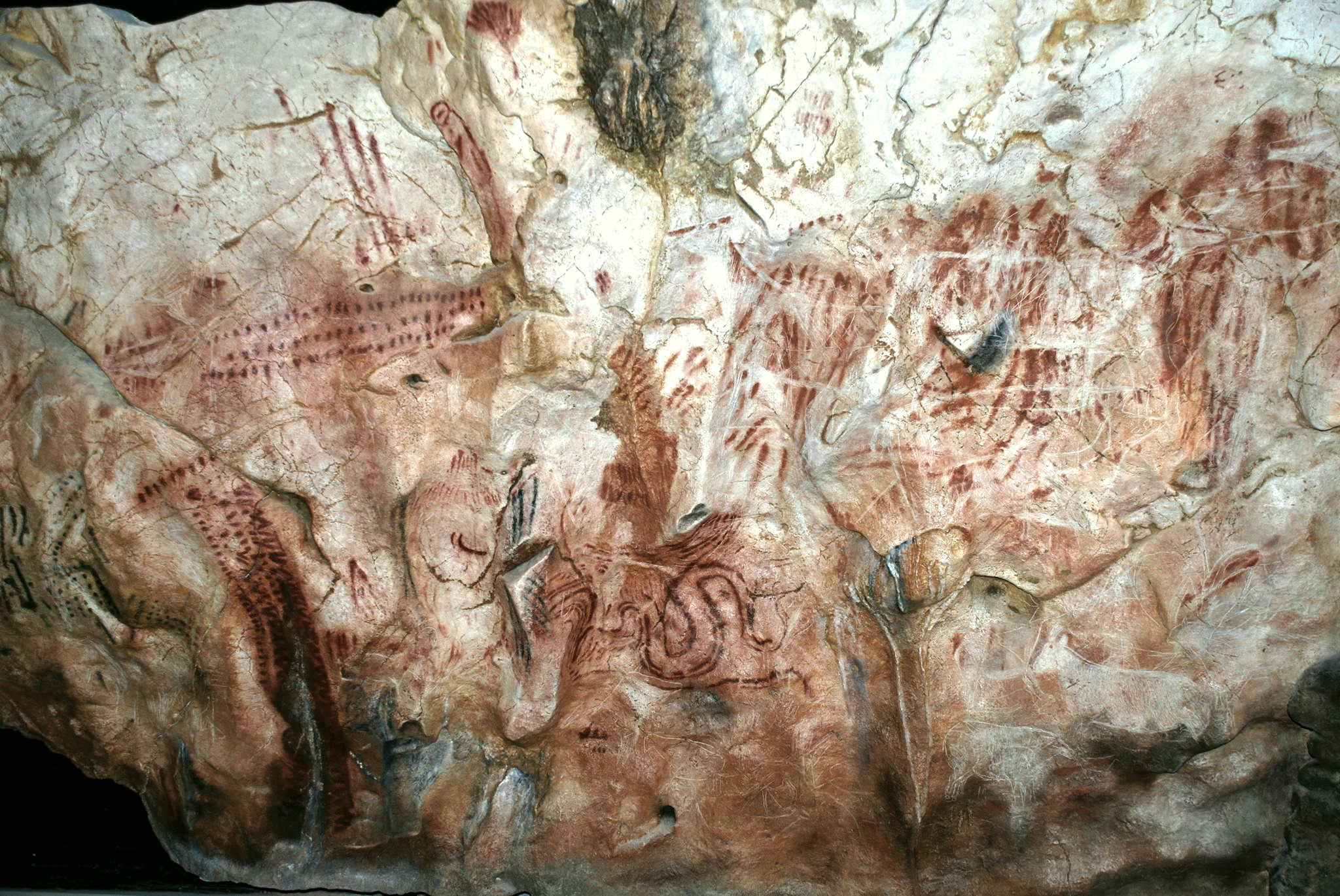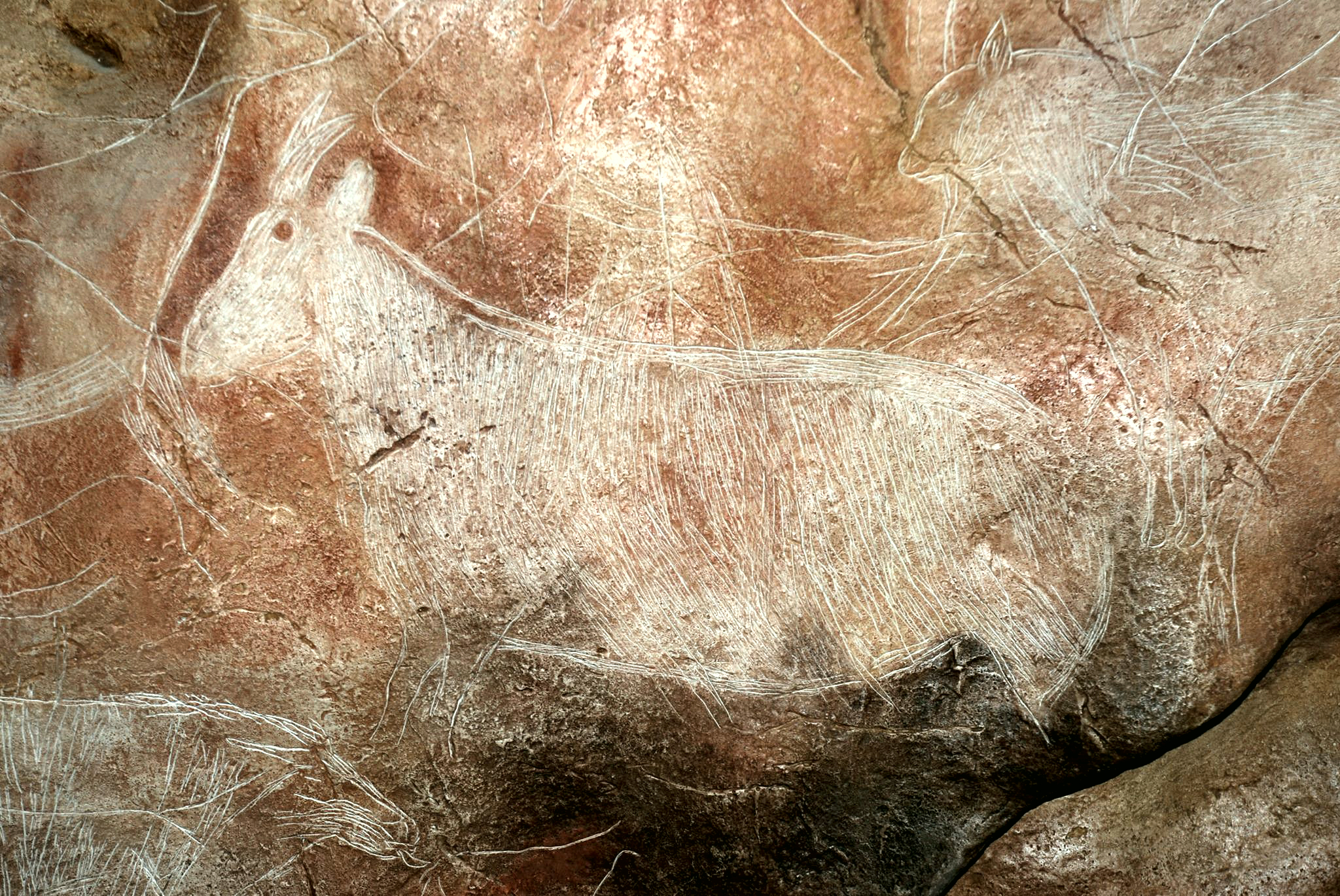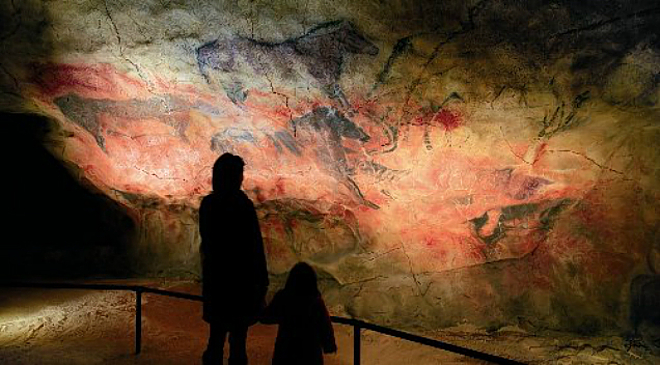Age of the artistic representations: Upper Palaeolithic rock art.
General description of the destination: The Prehistoric Park of Teverga is an original and unprecedented project in Europe. It is made up by a series of cultural premises whose aim is to divulge the art of the Superior Palaeolithic in Europe. An important sample of these artistic manifestations is reunited here by means of exact reproductions of significant parietal sets and furniture art objects. The Park offers three modern buildings fully integrated in the environment and in permanent dialogue with the landscape. We are dealing with clearly differentiated areas: the visitor reception area, the Gallery and the Cave of Caves, the last two being different architectonic spaces but with a common theme. To sum up, the Park is a sample of another era, a place to get to know the past and to understand the development of mankind while discovering the origin of art. Since March 2014, visitors can enjoy an area outside the Park which contains specimens of Przewalski horses, European bison, Auroch-derived Heck cattle or Neo-Aurochs, deer, fallow deer and tarpan horses. The Park offers a variety of services: Shop, The Café, Play Area, direct access to the Bear´s Trail and an interesting interpretive route ‘The bears’ nooks’. The Gallery invites us to travel into the past together with Palaeolithic hunters to learn about their art, the motifs it represents, and the techniques they used. This is integrated in an original location, a primitive cave, with faithful replicas of cave paintings, ritual objects and prehistoric implements. It is a modern visitor centre where the theoretical content was designed by an international scientific committee. Texts, drawings, maps, photographs, audiovisual presentations, models and replicas explain different aspects of this ancient art in great detail. The Cave of Caves is an area to discover, in semi-darkness, the magic of Palaeolithic paintings, in natural surroundings and with the same atmosphere as that of the original paintings and engravings. It is an underground area that faithfully recreates the emotional feel of a cave interior. It exhibits full scale replicas of three of the most important cave art ensembles in Europe: The Hall of the Polychromes in Tito Bustillo Cave (Asturias), Panel 4 in the Black Room in Niaux Cave (France) and the Small Chamber in Candamo Cave (Asturias)
History of the site: The project of a Tourist-Cultural complex in Teverga based on Prehistory was developed as part of the policy for the development of former mining areas in Asturias. The aim was to establish a cultural touristic destination whose importance at a European level would be a driving-force for the economic development of the area, and of high added value for the tertiary sector in the Asturian economy. It has a high symbolic component and profound identity, to become a regional, national and even international reference point in a field that attracts increasing interest in Europe. It was opened in March 2007.
Museographic resources description: The Prehistory Park allows visitors to discover the most important examples of European cave art. Teverga Prehistory Park is an original, novel project on the European scene, a place to learn about the past and understand human evolution while discovering the origins of art. Visitors can see art forms via facsimile reproductions of significant cave and rock sites and portable art objects. The Park has three modern buildings that are fully integrated in the surrounding scenery. They form three different areas: the reception area, the Gallery and the Cave of Caves. The last two are in different buildings but share the same theme: the Upper Palaeolithic and its art.

